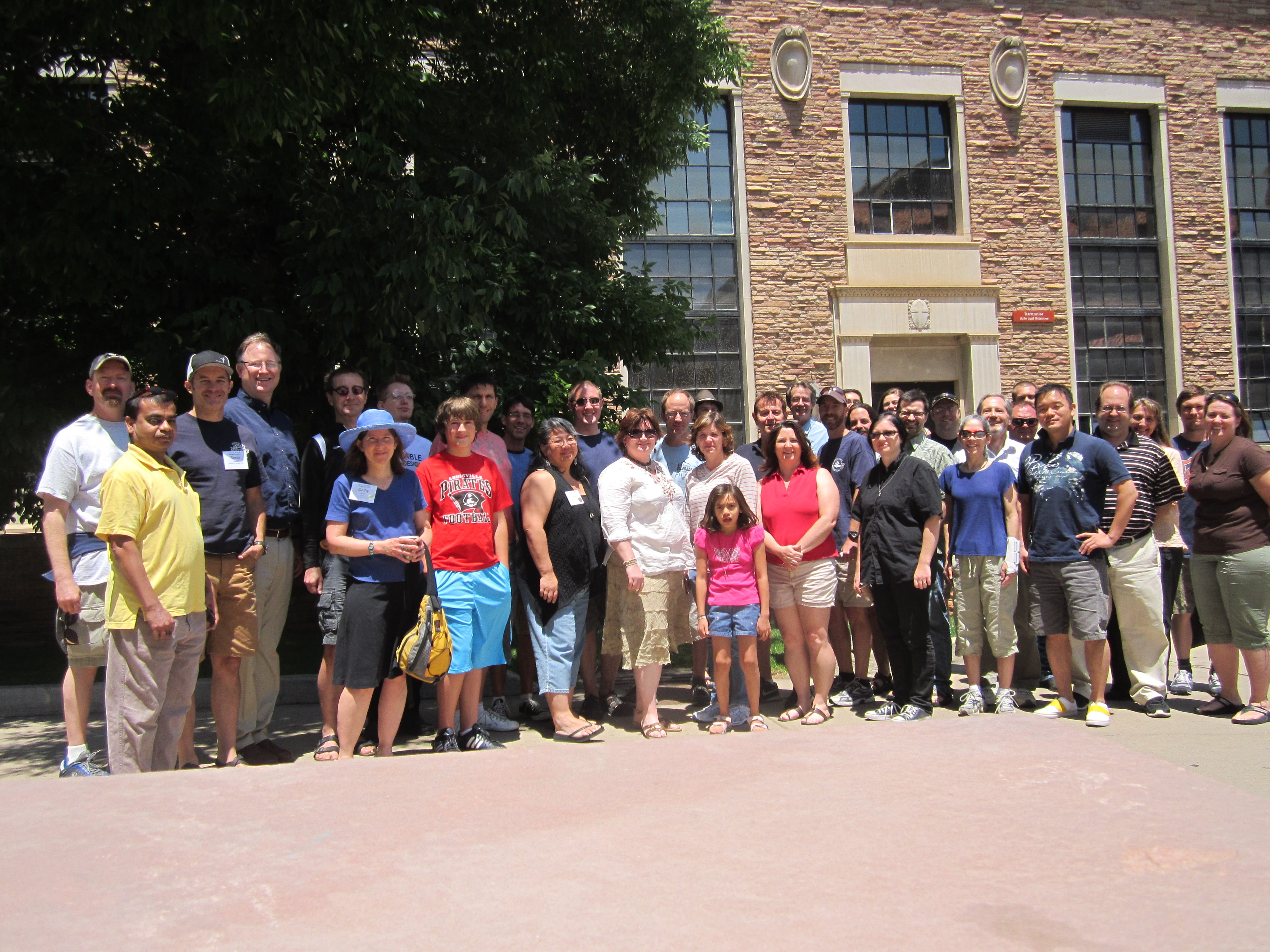Scalable Game Design

The goal of Scalable Game Design is to get computer science to K-12 schools. Our strategy has been to reform IT education at a systemic level exploring the notion of scalable game design as an approach to carefully balance educational and motivational aspects of IT fluency. The original iDREAMS project (Integrative Design-based Reform-oriented Educational Approach for Motivating Students) was designed to spark an interest in IT through students' natural attraction to game design. The second phase of the project, called CT4TC (Computational Thinking for Teaching Computing) continues the original project by looking deeper into how game design helps students learn STEM concepts through collection and analysis of performance data. The third phase of the project, called oDREAMS (online Design-based Reform-oriented Educational Approach for Motivating Students) compares student impact between teachers who receive curriculum training face to face, online, or a combination of the two.
By game design we mean the active process of students collaboratively engaging in problem solving, creativity, modeling and communication. Game design develops a rich set of skills consistent with STEM and IT competency frameworks such as the National Academy of Sciences Fluency with IT and the International Society for Technology in Education NETS Standards.

By scalable game design we refer to a low threshold, high ceiling curriculum. This gentle learning slope curriculum allows students and teachers to quickly start with game design activities producing simple classic games but then continue to sophisticated games exhibiting artificial intelligence. From there, students and teachers progress to building scientific simulations.
The systemic aspect of this project continues to explore an IT training ecology integrating four regions of decreasing affluence, and an ever expanding national and international teacher group.
The partners working on this project, CU Computer Science Department, School of Education, Science Discovery outreach program, and AgentSheets Inc, have already established collaborations in all four regions and beyond:
- Technology-hub: Boulder, CO featuring a high density of IT companies and education opportunities.Our AgentSheets tool has already been introduced to all middle schools in the district because of its potential to address IT fluency and standards, equity, and motivation.
- Inner-city: Aurora, CO where we ran an IT education pilot study exploring issues of universal accessibility regarding gender and ethnicity.
- Rural: Pueblo CO, southwest Colorado Board of Cooperative Educational Services, a 10000 square mile integration of school districts.
- Remote/Tribal: Ignacio, CO, and Oglala, SD, Native American reservations: Southern Ute, and Oglala Sioux.
- tional: Teachers from over 30 states have implemented the curriculum with students in classrooms, with more being trained yearly.
- International: Brazil, Switzerland, Germany, Mexico, Slovakia, and Thailand

An educated citizenry that participates in and contributes to science technology engineering and mathematics innovation in the 21st century will require broad literacy and skills in computer science (CS). School systems will need to give increased attention to opportunities for students to engage in computational thinking and ways to promote a deeper understanding of how technologies and software are used as design tools. However, K-12 students in the United States are facing a broken pipeline for CS education. In response to this problem, we have developed the Scalable Game Design curriculum based on a strategy to integrate CS education into the regular school curriculum. This strategy includes opportunities for students to design and program games and science technology engineering and mathematics simulations. An approach called Computational Thinking Pattern Analysis has been developed to measure and correlate computational thinking skills relevant to game design and simulations. Results from a study with more than 10,000 students demonstrate rapid adoption of this curriculum by teachers from multiple disciplines, high student motivation, high levels of participation by women, and interest regardless of demographic background.
A variety of approaches exist to teach computer science concepts to students from K-12 to graduate school. One such approach involves using the mass appeal of game design and creation to introduce students to programming and computational thinking. Specifically, Scalable Game Design enables students with varying levels of expertise to learn important concepts relative to their experience. This paper presents our observations using Scalable Game Design over multiple years to teach middle school students, college level students, graduate students, and even middle school teachers fundamental to complex computer science and education concepts. Results indicate that Scalable Game Design appeals broadly to students, regardless of background, and is a powerful teaching tool in getting students of all ages exposed and interested in computer science. Furthermore, it is observed that many student projects exhibit transfer enabling their games to explain complex ideas, from all disciplines, to the general public.